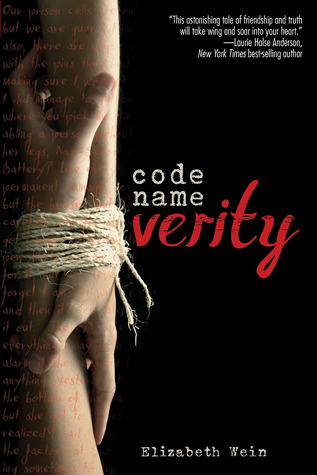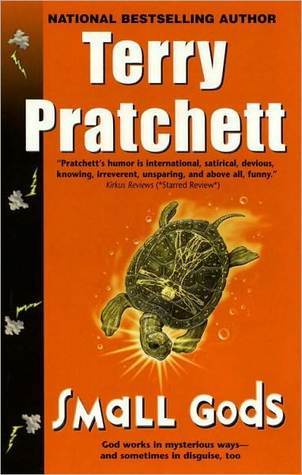I received this book for free from my own shelves in exchange for an honest review. This does not affect my opinion of the book or the content of my review.
Source: my own shelves
Death by Night
by
John Creasey
spy thriller in a Kindle edition that was published by Agora Books on August 1, 2016 and has 209 pages.
Explore it on Goodreads or Amazon
Other books by this author which I have reviewed include The Unbegotten, The Toff Goes On, Gideon and the Young Toughs and Other Stories, Introducing the Toff, The Peril Ahead, The Death Miser, Redhead, Carriers of Death, First Came a Murder, Death Round the Corner, Sabotage, A Kind of Prisoner, The Mark of the Crescent, Thunder in Europe
Fourteenth in the Department Z vintage spy thriller series and revolving around an early version of the British Secret Service. The focus is on Mark Errol and Garry Cartwright. Death by Night was originally published in 1940.
My Take
It may have been published in 1940, but it takes place in 1941, six months after the outbreak of war — a “futuristic” novel, *grin*.
Creasey is using a third person global subjective point-of-view, as perspectives from several characters, including their thoughts and actions.
Creasey has his own perspective on why Germany was so keen on war. It’s one that rings true for me, as the Treaty of Versailles that ended World War I trashed the Germany economy. I’m not saying the Allies were wrong to be angry at the kaiser, but it was a major influence on German reception of Adolf Hitler’s speeches. It’s actually quite a bit like Trump’s trumpeting about how immigrants and LGBTQ people are destroying America. Find a scapegoat and use hateful rhetoric to frighten people into believing it. Idiots. Yep, those who ignore history are doomed to repeat it.
There’s also talk of how the financiers pulled strings to bring these events about. To make more money. As the world changes, men’s greed stays the same. I’d reckon today’s money moguls are still doing the same things, agitating and pushing to get their way and make more money.
Britain has been at war since 1939 and blackout restrictions and rationing have been emplaced. Yet all this drama about seeing in the dark doesn’t feel real to me. Our time has more of a problem with too much light at night, and to read of not being able to see at all from more than nine feet away is scary and very difficult to imagine.
Now the photography aspect that’s discussed makes sense. These days. We know that a lonnnnng exposure can help with night photography. And of course now we have night vision scopes and goggles.
Craigie is definitely different from James Bond’s M; he doesn’t blame his agents for mistakes. Quite the supportive guy and so are his snarky agents.
Hmm, Daddy Dearest “sold” his daughter for the money to finance his invention. Nice guy. Yet another sold out his country to finance his wedded future.
There is plenty of action, which revolves around its characters. Betrayals and fear abound between friends, family members, clever maneuvers that entrap agents, pacifists and traitors . . . and a syndicate aiming for world domination.
What’s odd is that of the various oppositions, one seems more benevolent (but still deluded) about their plans. It’s a hopeful strategy, that, well, hasn’t a hope. Not as long as humans are involved. As for Cartwright’s opinion of the effectiveness of government, I can’t really blame him for his mistrust. You only have to look at what idiots those British generals were in World War I.
Totally aside from the story, I was curious to learn that that full-length curtain at a door is called a draught-excluder. Today we use filled skinny tubes or a length of molding slapped on the bottom of the door, you know, draft stoppers.
There’s one action that could have been written better. I couldn’t tell who Mark was speaking to and who was dying. I also have to wonder how the bad guys manufactured that new lens without knowing how it was made.
What is with those idiots who hold back information, because “they know better”?
It’s a convoluted tale that is too crazy, and yet makes perfect sense. Young idealists . . . who dream the world can be a better place. Idiots who mean well.
The Story
It puts a whole new angle to the war, enemy agents who can see in absolute darkness. Bombers can more accurately focus on their targets at night. Ships can be torpedoed in the dark. Agents can be attacked and evil deeds go unseen.
The Allies cannot win a war if the enemy can see in the dark.
The Characters
England
Department Z is . . .
. . . the nickname for the ultra-secret branch of British Intelligence which is led by Gordon Craigie, a.k.a. Mr Carter. Bill Loftus is Craigie’s second-in-command and Agent Number 1; he’s engaged to Diana Woodward, a sort-of transfer from the American Intelligence Department. Mark and Mike Errol, cousins, are agents; Pitcher is their manservant. Other agents include Spats Thornton, who doesn’t look like an agent and had transferred from the Espionage branch; Edward “Ned” Oundle, who is Agent Number 2 and shares a flat with Thornton; the freckled Tommy Lister; Jock Allison; Wally Davidson; Martin Best; and, Bob Carruthers, who had been a heavy-weight boxer with an amateur title.
David Wishart is the prime minister of England. Jonathan Scott is the foreign minister; Winsley Lawrence is the new First Lord. Both Scott and Lawrence speak their mind and are unpopular. Other foreign ministers include Ariel from Paris; von Holstein from Berlin; Dagliov from the Soviet Union; and a Finnish minister. Malladet is the French prime minister. Targets include the Ibrox, the Admiral von Bohn, a naval and air base, and the Dupress.
Scotland Yard
Superintendent Horace “Dusty” Miller is the liaison between Scotland Yard and Department Z. Chief Inspector Frazer is his aide. Sir William Fellowes is the Assistant Commissioner. Mulliner is one of the police officers guarding Number 10 Downing Street.
Harry the Bat is an old con who was at Waterloo (the train station, not the battlefield).
The Cliff Royal, Bournemouth, England, is . . .
. . . the hotel where Professor Matthew Grafton, an old scientist who is considered a dreamer has invented a device that allows one to see in the darkest dark, is staying. With him is his daughter, Janice Grafton. She’s reluctantly engaged to Edward “Teddy” Grey, a wealthy young man.
Jeremiah Warncliffe is Janice’s secret friend and a wealthy bachelor who has been traveling throughout Europe, focusing on his photography hobby. Paul is Warncliffe’s manservant. A. Smith gets messages at the Regal Hotel.
Grayling, Hampshire, is . . .
. . . headquarters for a section of the Home Office in the Manor House. Sir Arbuthnot Wilson is the controlling official. Lord Horley is the District Commissioner for Home Defence for the Mid-Southern area. Mayhew is the local police inspector — who knows better than any agent. His officers include Rogers and Meeson.
Sammy Doe, a poacher, is also the oldest inhabitant of Grayling and the only Socialist. The Green Swan is the village pub.
Forster is a spy. Jim Cartwright and his sister, Garry, have peaceful intentions. Their group includes Garth and Appleby.
The Hundred-and-One crowd was an organization in Panic!, 13.
Vania is . . .
. . . a small, neutral country with a monarchy that is located between the Baltics and Scandinavia. A position that lends itself to being a headquarters for many countries’ spies in the north. Sibilla is their prime minister. Venn is the country’s capital.
The Cover and Title
The background of the cover is a dark gray sky with the focus on Big Ben in the Elizabeth Tower of the Palace of Westminster. Superimposed on the clock is a red scope target, a metaphor that all of Britain is in the enemy’s sight. In the upper right corner is an angled rectangular label, as if stamped on a folder, that relates the series info in red with a red outline framing the words. At the top left is the author’s name in white. Immediately beneath it is the title in the same red. Below that is an info blurb in white.
The title is too true, for it’s an easy Death by Night for the bad guys.


















